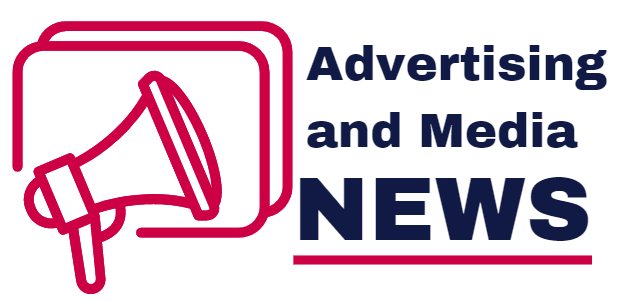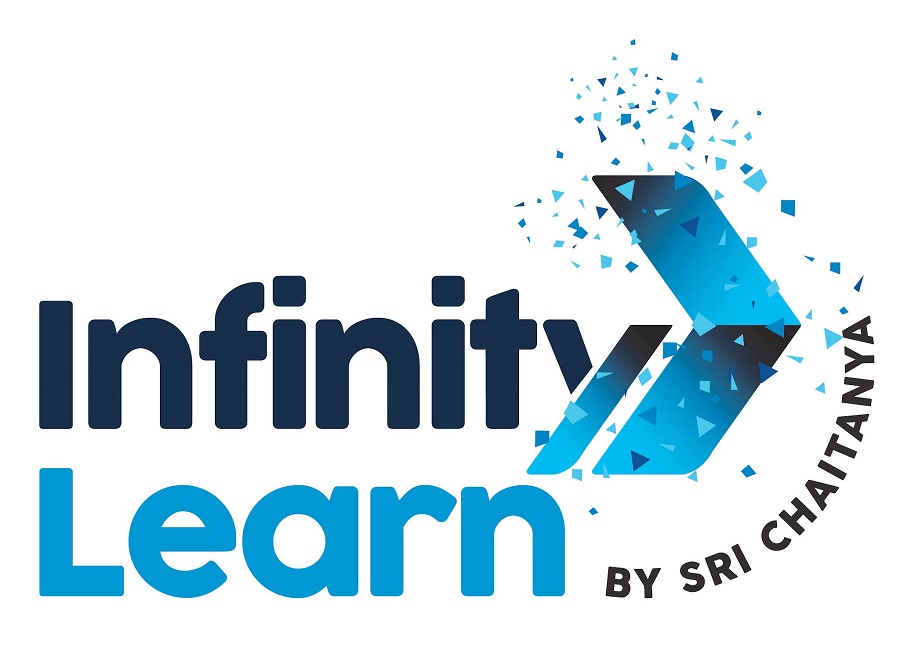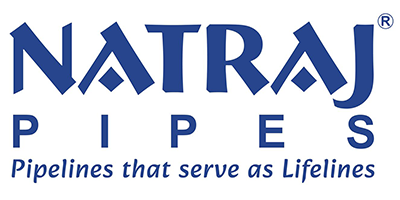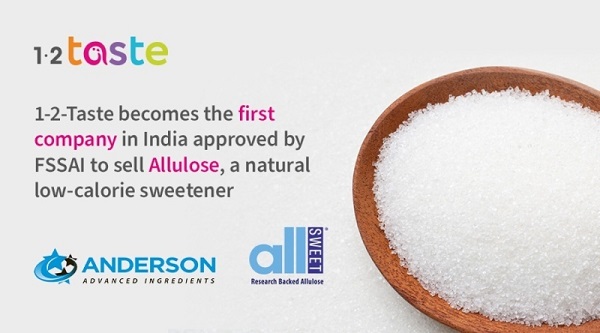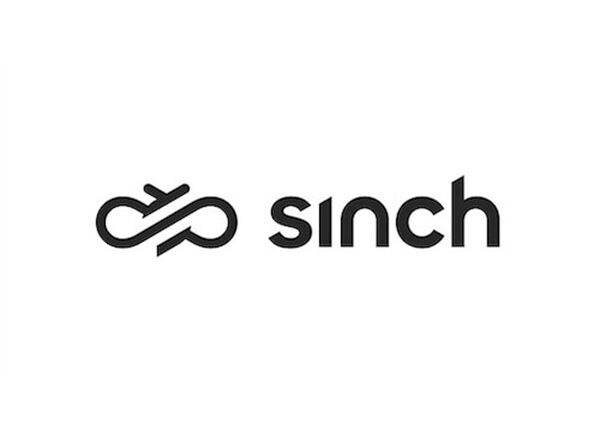Infinity Learn, Hyderabad-based, strives to foster learners’ success and be a dominant K-12 player by holistic learning and teaching.
The sector has over 4,000 edtech startup companies in the country. It is predicted to grow at a 40 percent CAGR by 2025, making it one of the fastest-growing sectors in the country. How can one make sure their company stands out among the many EdTechs on the market?
Infinity Learn’s President and CEO Ujwal Singh believes that it is important to keep the company learner-focused. Infinity Learn, which is supported by Sri Chaitanya Education Group, provides a single-stop solution for after-school and in-school learning.
The faculty are provided with over 2 million pieces of learning content, including adaptive practice questions, flashcards, and solutions. This helps to ensure the holistic development of students.
It started out by offering solutions for test preparation in STEM classes 9-12 in STEM (Science, Technology, Engineering, and Math) education for competitive exams such as NEET and JEE–Mains. It has now expanded to offer educational learning in coding and robotics for students from grades 1-8.
Ujwal speaks exclusively to YourStory about the challenges they faced during the funding freeze, financial sustainability, and future trends for the industry.
Ujjwal Singh (US): While Infinity Learn officially started in June 2021, we were already in stealth mode from February of that year, when the founding team was in deep deliberation on how the startup can do things differently. We started providing our services from July 2021 onwards. The company caters to various educational needs with Infinity Learn- the B2C app for grades 6-12, Infinity Schools- Hyflex Classrooms for grades 6-12, and Infinity Futurz, the co-curricular vertical for grades 1-8.
The first challenge was to carry on the legacy of Sri Chaitanya Group’s success and make it digital. Next was to find a way to stand out from the rest of the market. We came up with a goal-based approach to learning, which allows students to track their progress and break it down into specific goals.
This ensures that learners are rewarded. Implementing an “assessment of learning” model was the final challenge.
This allows learners to receive specific advice and not generic. The student can then target and overcome each weak point in the subject by this method.
